Enhance Your Practice with Dental X Ray Machines at Snap Shop Hub
Today, dental machines constitute an important part of dentistry. They are helpful in assisting with correct diagnosis and in treatment planning. Looking at the importance of dental X Ray machines brings us the discussion on their types and benefits for both professionals and patients.
Please click the link below to watch the video : https://youtube.com/shorts/2J6fg-FV_nk
Understanding Dental X Ray Machines
Dental X Ray machines are highly technical instruments for delivering clear images of the teeth, bones, and associated tissues. Images from an X Ray will give a dentist hints about the possible dental issues which cannot be revealed by an annual check-up. The utilization of X Rays permits a dentist to locate cavities, determine bone health, and find other oral-related issues early. This is necessary for the formulation of appropriate plans for effective treatments.
The Importance of Dental X Rays in Dentistry
Dental X Rays provide invaluable insights into a patient’s oral health. They can find cavities that may lie under the surface of the teeth, check on the condition of the bone under the teeth, and plan for treatments such as root canals and braces. Many problems might remain unnoticed until they worsen and become harder to treat and painful for patients without them.
Types of Dental X Ray Machines
There are several kinds of dental X Ray equipment, and each one is used for a different purpose:
- Intraoral X Ray Machines: These are the ones that take pictures inside the mouth. They are usually used during check-ups and clearly depict a single tooth.
- Extraoral X Ray Machines: These are X Ray machines that take pictures from the outside of the mouth, like panoramic X Rays. They are a more general view of the jaw and the teeth and aid in checking overall dental health.
Traditional vs. Digital Dental X Ray Machines
Dental X Ray technology has evolved from film-based machines to digital systems. Compared to the older machines, there are many advantages in digital X Ray machines:
- Reduced Radiation Exposure: Much less radiation is required by the digital machines to produce clear images.
- Instant Image Availability: With digital images, unlike the film that takes some time to develop, images can be viewed immediately on a computer screen.
- Enhanced Image Quality: Digital X Rays produce clearer images and provide detailed pictures that aid in accurate diagnoses.
Key Features of Modern Dental X Ray Machines
Modern dental X-Ray machines have evolved to include more advanced features that make them more functional:
- Digital Sensors: These sensors capture high-quality images instantly, improving workflow efficiency in dental practices.
- Collimation: This feature reduces scatter radiation, ensuring that only the necessary area is exposed to radiation for improved safety.
- User-Friendly Interfaces: Many modern machines have intuitive controls that simplify operation for dental professionals, allowing them to focus on patient care.
How to Use a Dental X Ray Machine
Using a dental X Ray machine involves several steps:
- Prepare the Patient: Place protective gear such as lead aprons on the patient to minimize radiation exposure.
- Position the X Ray Sensor or Film: Ensure that the sensor or film is correctly positioned to capture the desired area.
- Capture the Image: Press the button to take the X Ray image while ensuring minimal movement from the patient for optimal clarity.
- Review and Store Images: Immediately review the captured image on the display screen and store it in the patient’s records.
Safety Measures in Dental Radiography
Keeping patients safe is very important when using dental X-Ray machines. Protective gear like lead aprons and thyroid collars can help minimize radiation exposure during imaging. Sticking to recommended guidelines for exposure times and checking the machine also makes safety better for both patients and dental staff.
The Cost of Dental X Ray Machines
Knowing the dental X Ray machine cost is important for dental offices that want to upgrade. Prices can change depending on features and technology; for example, handheld units may cost less than advanced digital systems but might not provide the same detail or efficiency. Buying a good machine is important for improving diagnostic skills while keeping budget limits in mind.
Price and Availability at Snap Shop Hub
At Snap Shop Hub, we have an array of handheld X Ray machines at the best prices in order to bring out quality at the most affordable cost for the dental professionals in upgrading their imaging capacity. For instance, the Woodpecker Ai Ray Portable Intraoral Dental X Ray Machine can be availed for $1,449.00 and our product also available on eBay, an investment that can definitely help a practice improve its diagnostic accuracy.
Conclusion
A good dental X-Ray machine is a very important purchase for any dental practice that wants to offer complete care. New technology makes these machines better at diagnosing problems and keeping patients safe. By choosing a trusted supplier like Snap Shop Hub, dentists can be sure they get high-quality equipment that works for them.
FAQs About Dental X Ray Machines
Q1. What types of dental X Ray machines are available?
There are intraoral and extraoral types of x ray dental machine available. Intraoral machines capture images inside the mouth, while extraoral machines provide broader views from outside.
Q2. How often should dental X Rays be taken?
The frequency of dental X Rays depends on individual patient needs but generally ranges from once every six months to once every few years based on risk factors.
Q3. Are digital X Rays safer than traditional film?
Yes, digital X Rays use significantly less radiation than traditional film-based systems while providing immediate results.
Q4. Can I use a portable dental X Ray machine in my practice?
Yes! Portable dental X Ray machines are ideal for mobile clinics or practices with limited space due to their compact design and ease of use.By following this guide on handheld dental X Ray machines at Snap Shop Hub, you can make informed decisions about your practice’s imaging needs while ensuring high-quality care for your patients.

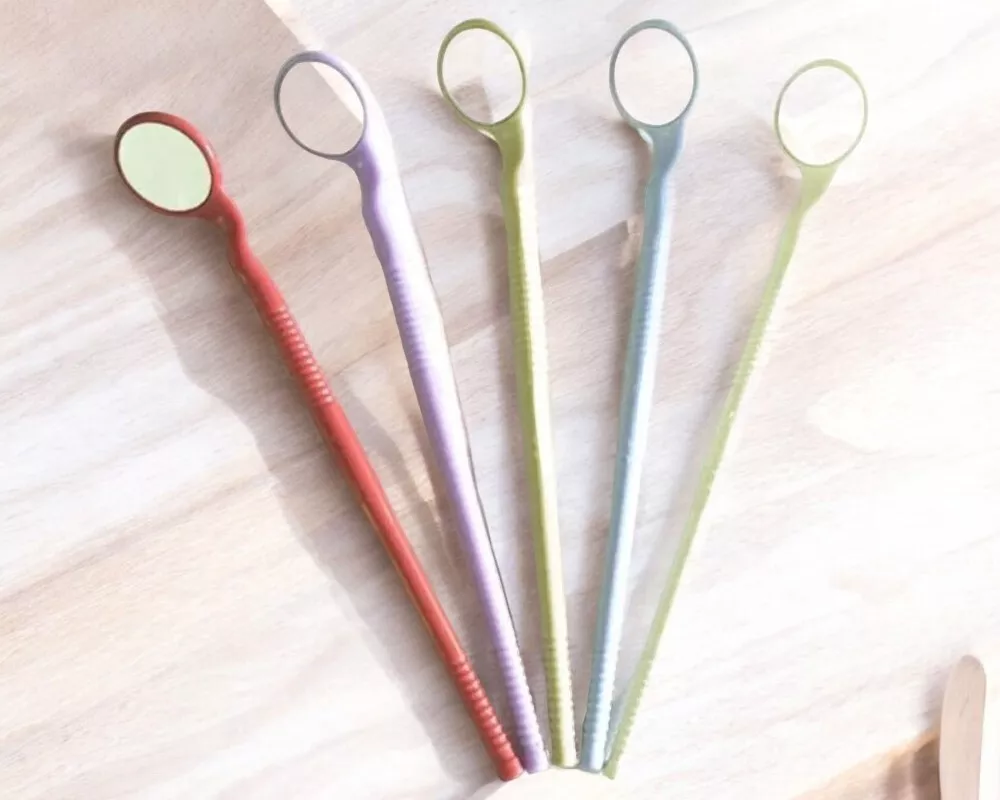

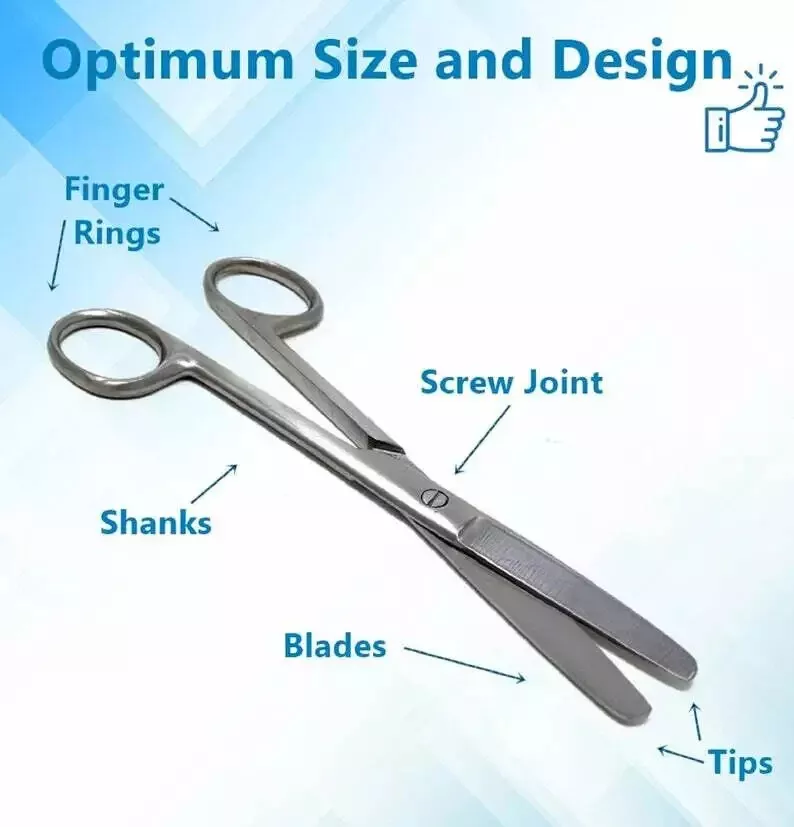





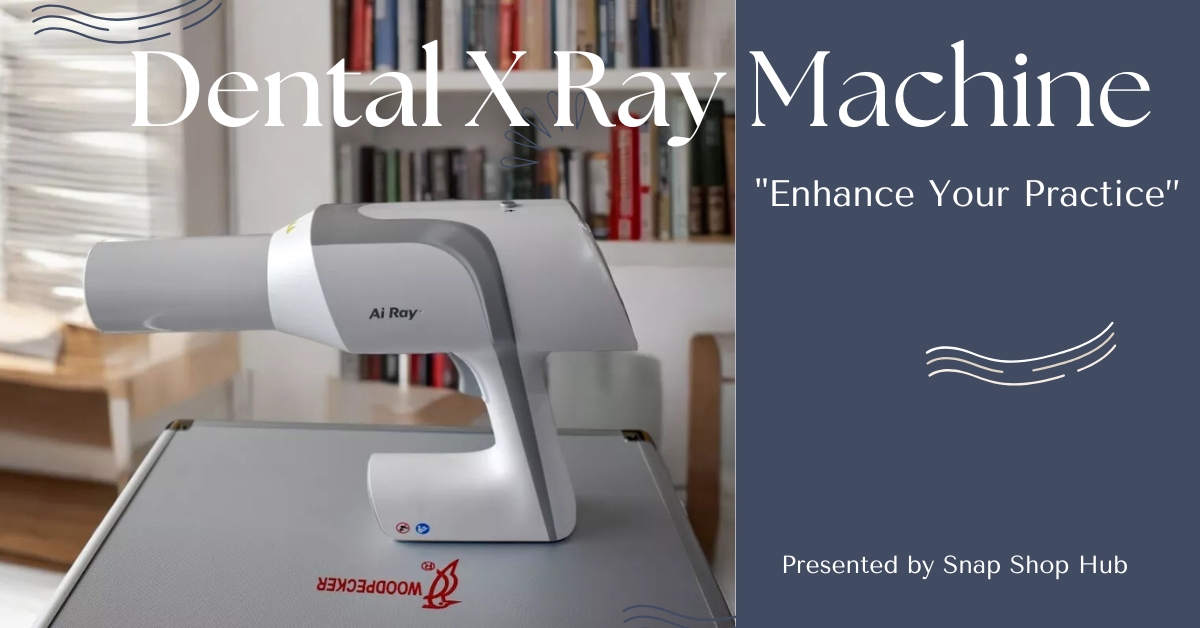


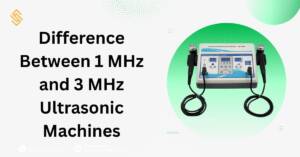
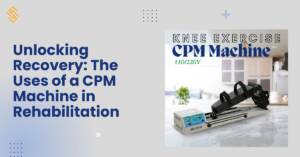





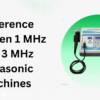

Add comment